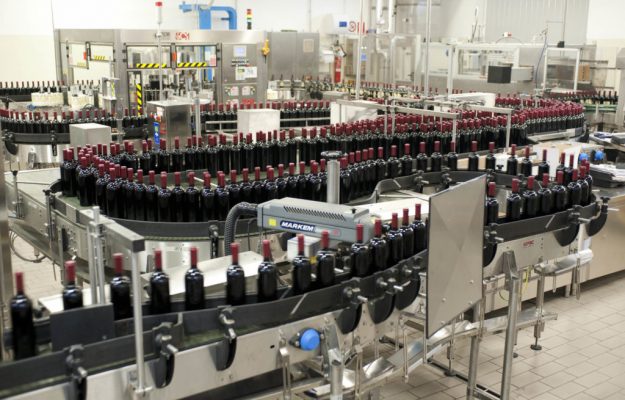In spite of the many difficulties that still exist, especially in Europe, some positive signs seem to come, at least for some of the most important wine territories. At least if we look at the data regarding bottlings and state bands, collected by WineNews through the Consortia. If these data are not an accurate and faithful litmus test of the market, they do however show a growing trend in the first quarter of 2021, at least in terms of volumes, but with respect to the first quarter of 2020, which is still almost completely “immune” from the pandemic, and in great splendor for some territories. Even if the long closure that is still imposed on a large part of the restaurant industry in the world, penalizes those who are more focused on the horeca, whose restart (already a reality in Asia, slowly recovering in the USA, and still lagging behind in Europe, ed) remains fundamental.
In any case, the resulting scenario offers some signs of hope, in view of a more robust restart in the coming months. The “locomotive” Prosecco Doc, for example, continues to run: in the first three months of 2021, 121.4 million bottles were bottled, 7.4% more than in 2020. While Conegliano Valdobbiadene Prosecco Superiore Docg, more focused on the horeca market, suffers a bit more: in the first quarter, it counted the equivalent of 20.2 million certified bottles (-6%). Remaining in the Veneto region, there was double-digit growth in bottlings in Valpolicella: +10% for Valpolicella, +12% for Ripasso, +26% for Amarone and Recioto. A positive quarter also for the Doc delle Venezie (which includes Veneto, Friuli Venezia Giulia and the province of Trento), which means above all Pinot Grigio, which, thanks above all to the month of March, closed the bottling season with an increase of 11.2%. In Piedmont, on the other hand, in the Langhe region, there was a 13% increase in the number of bottles of Barolo and a 1% increase in the number of bottles of Barbaresco, while the situation in Monferrato was more varied, albeit positive on the whole: while bottlings of Barbera d’ Asti, for example, fell by 6%, those of Piemonte Barbera grew by 13%, and the increase of 151% in the number of bottles of Nizza was striking (albeit with very small absolute values). In Tuscany, the largest appellation, Chianti, registered bottlings up 4% on the first quarter of 2020. While Chianti Classico grew in double digits, talking about +22% in bottles sold, and Brunello di Montalcino, which also thanks to the great reviews arrived from everywhere on the 2016 vintage and the 2015 Riserva, registered a growth of +37% in the state bands delivered to wineries). Interesting is also the data related to IGT Toscana, a geographical indication that covers the whole region and a very wide range of wines, which registered a +13% in bottlings. Remaining in Central Italy, the data coming from the Marche are also encouraging, in particular for Verdicchio DOC, for which the state mark will be compulsory from September 1, 2020. For Castelli di Jesi, the numbers are constantly growing month after month, and in the first quarter, bands were withdrawn for a little less than 4 million bottles (with the highest number, 1.4 million, reached in March alone, plus over 667,000 for Matelica). In the South, Doc Sicilia is doing well, where bottlings, in the first three months of 2021, reached 25 million bottles, up 1% on the same period of 2020.
Obviously, this is a partial overview of the varied Italian production world, but it shows how, amidst a thousand difficulties that should in no way be diminished or underestimated, something is moving. But for the supply chain, as mentioned, the reopening of the out-of-home sector remains central, in Italy and worldwide. Because it is there that most of the value that makes companies and territories live is built.
Copyright © 2000/2025
Contatti: info@winenews.it
Seguici anche su Twitter: @WineNewsIt
Seguici anche su Facebook: @winenewsit
Questo articolo è tratto dall'archivio di WineNews - Tutti i diritti riservati - Copyright © 2000/2025








































































































































































































